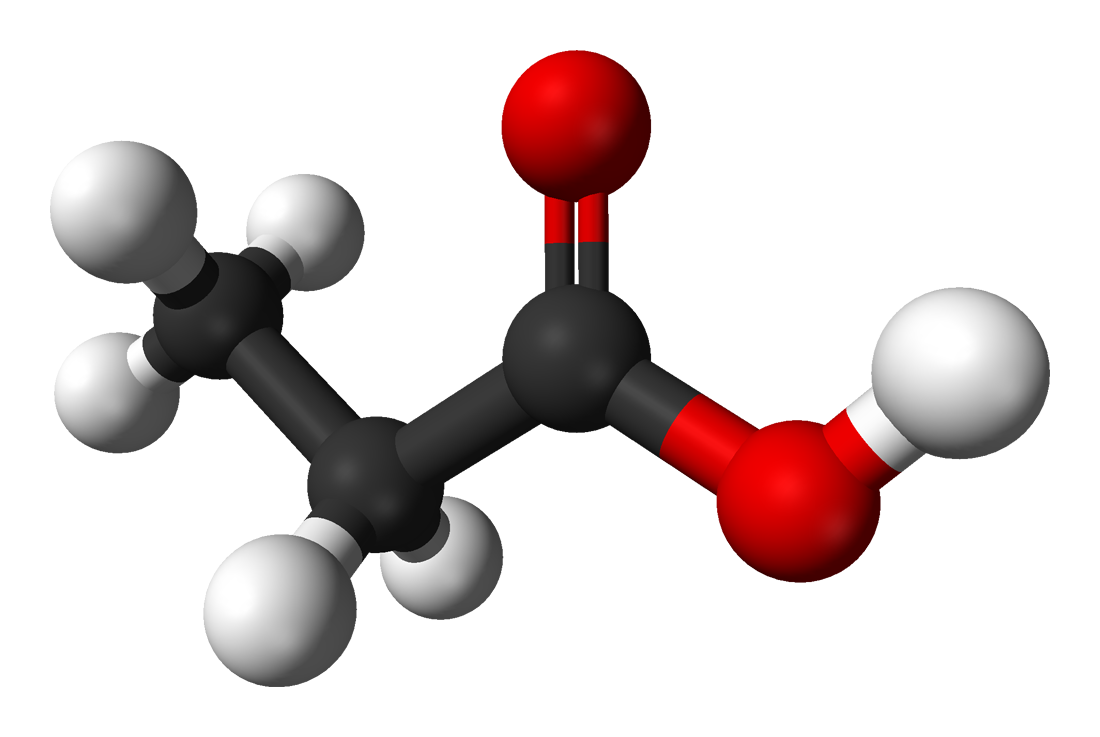As mentioned in a previous post, we will be looking into antioxidants in more detail to discover how they really work and what makes them tick. To gain some general knowledge on antioxidants, you can visit this article or simply read the previous blog post about antioxidants. This time we will be talking in more detail about how antioxidants work to keep us healthy. Antioxidants work to neutralize the oxidants that are created during normal metabolic processes. As mentioned in the previous article, it is impossible to avoid oxidants, but you can certainly consume enough antioxidants to get rid of these oxidants. One example of a rich source of antioxidants are vegetable and fruit. Studies have shown that people who consume more fruits and vegetables are less susceptible to diseases caused by oxidants, such as cancer and heart disease. In addition, people who expose themselves to pro-oxidants like pollution and cigarette smoke, whether it is primary or secondary smoke, are more likely to suffer from oxidative stress.
More to come on antioxidants soon.

















